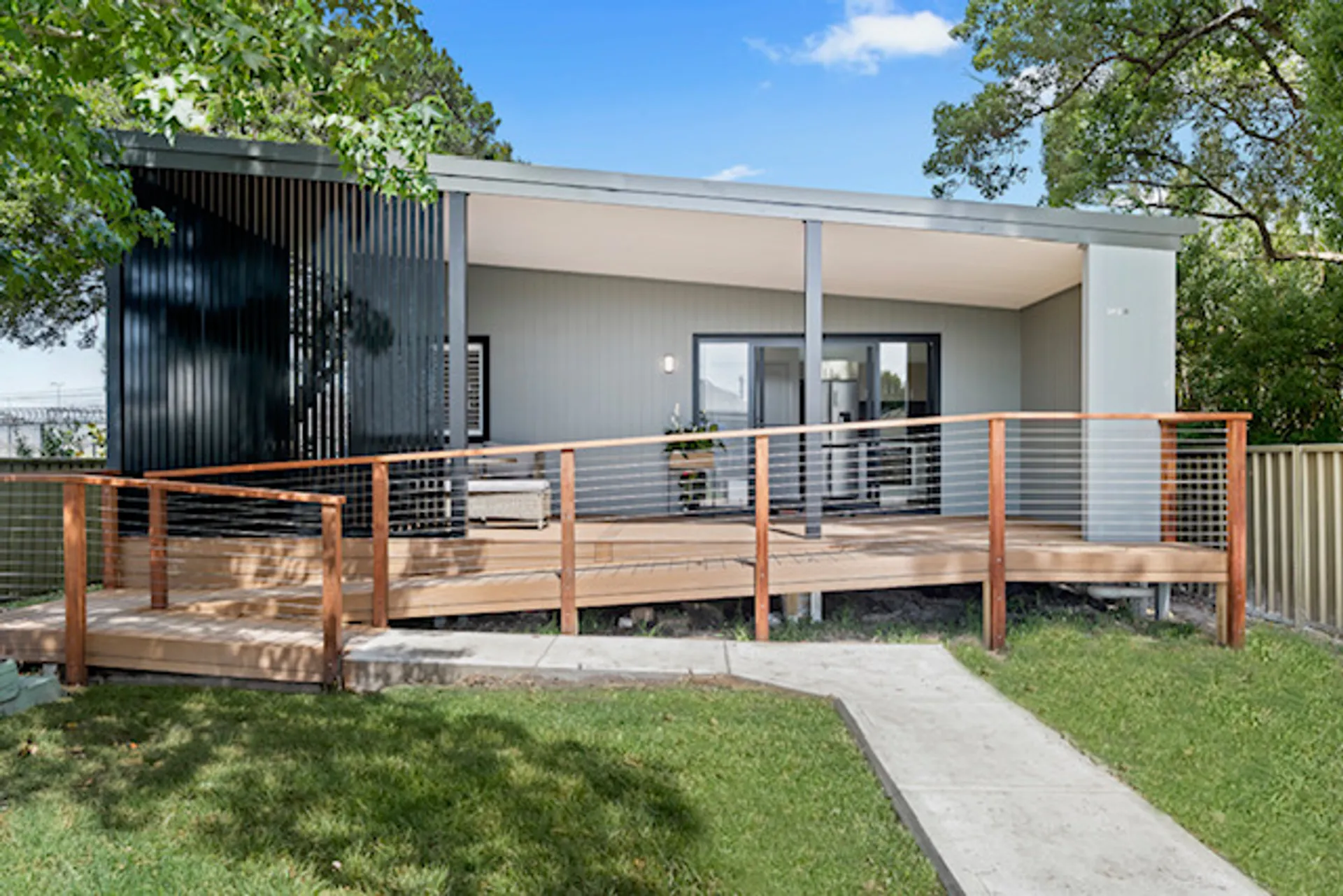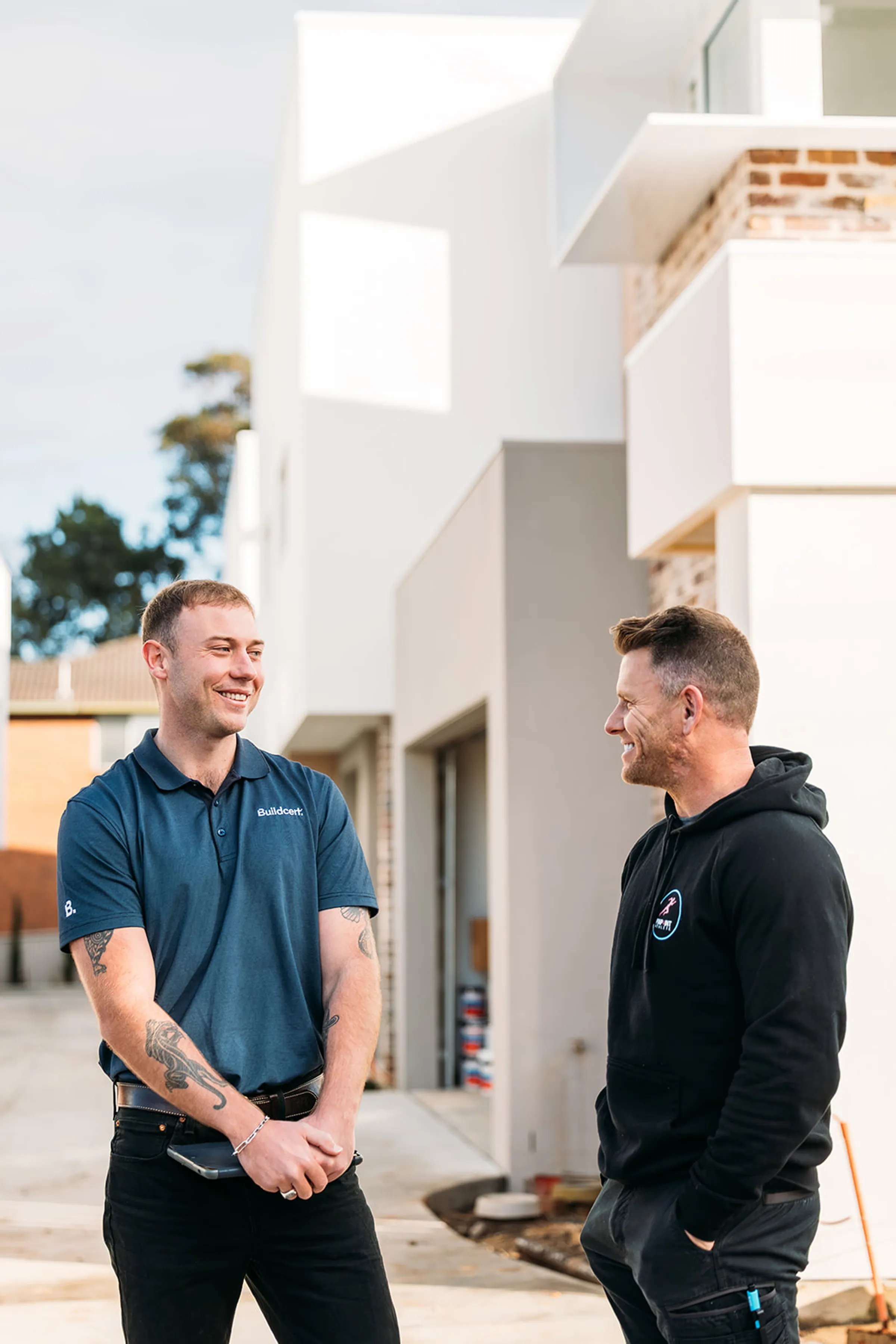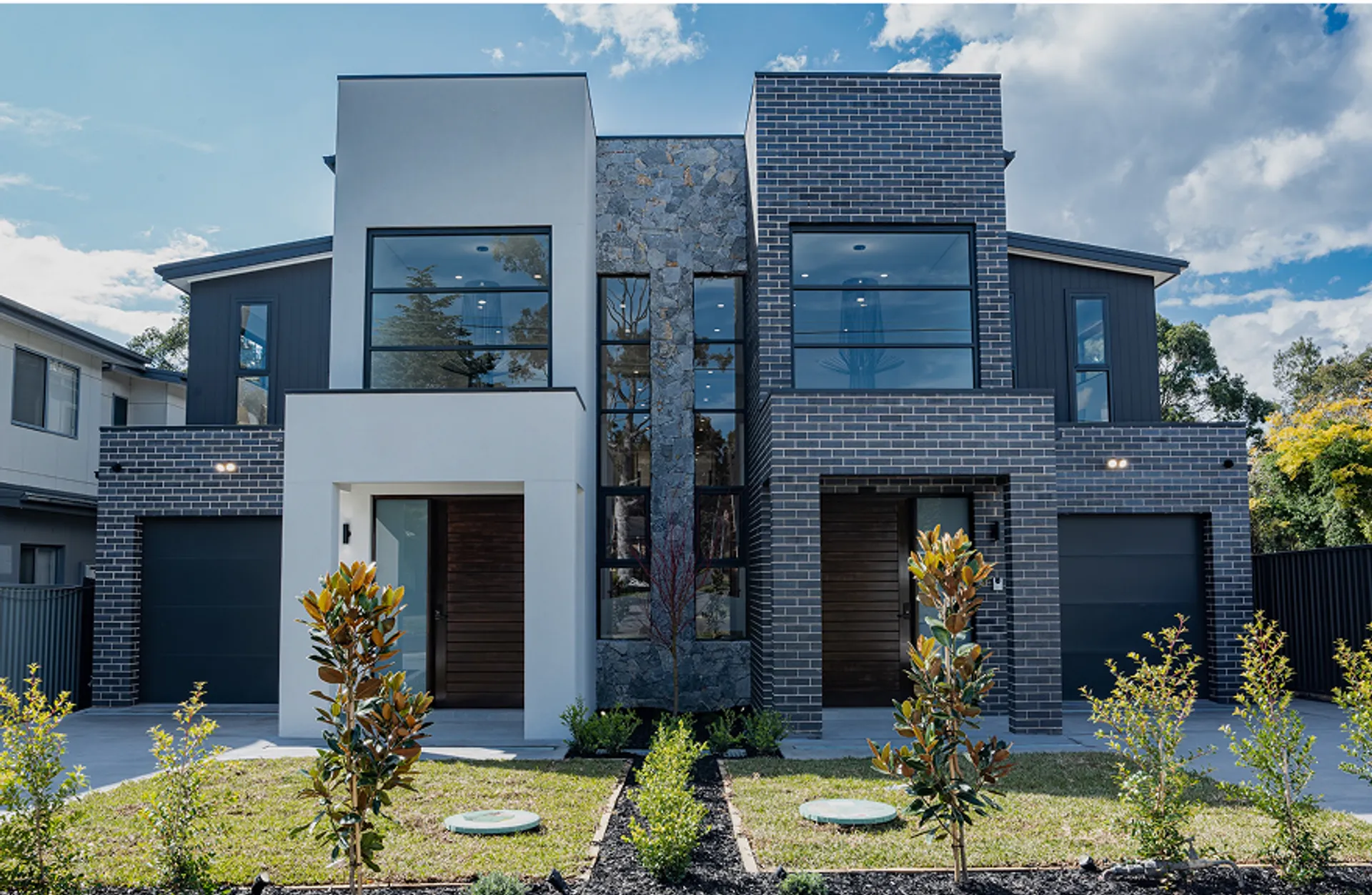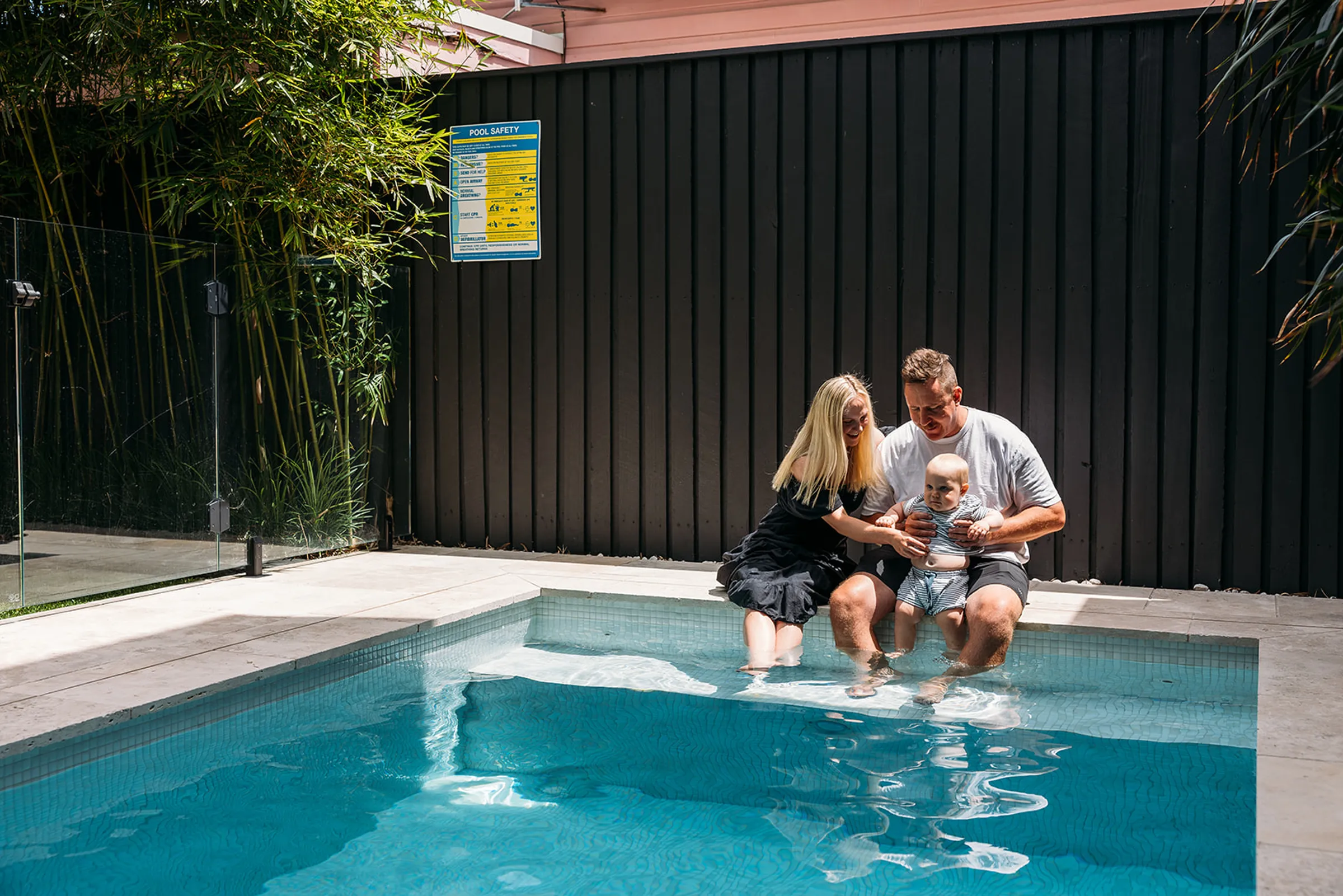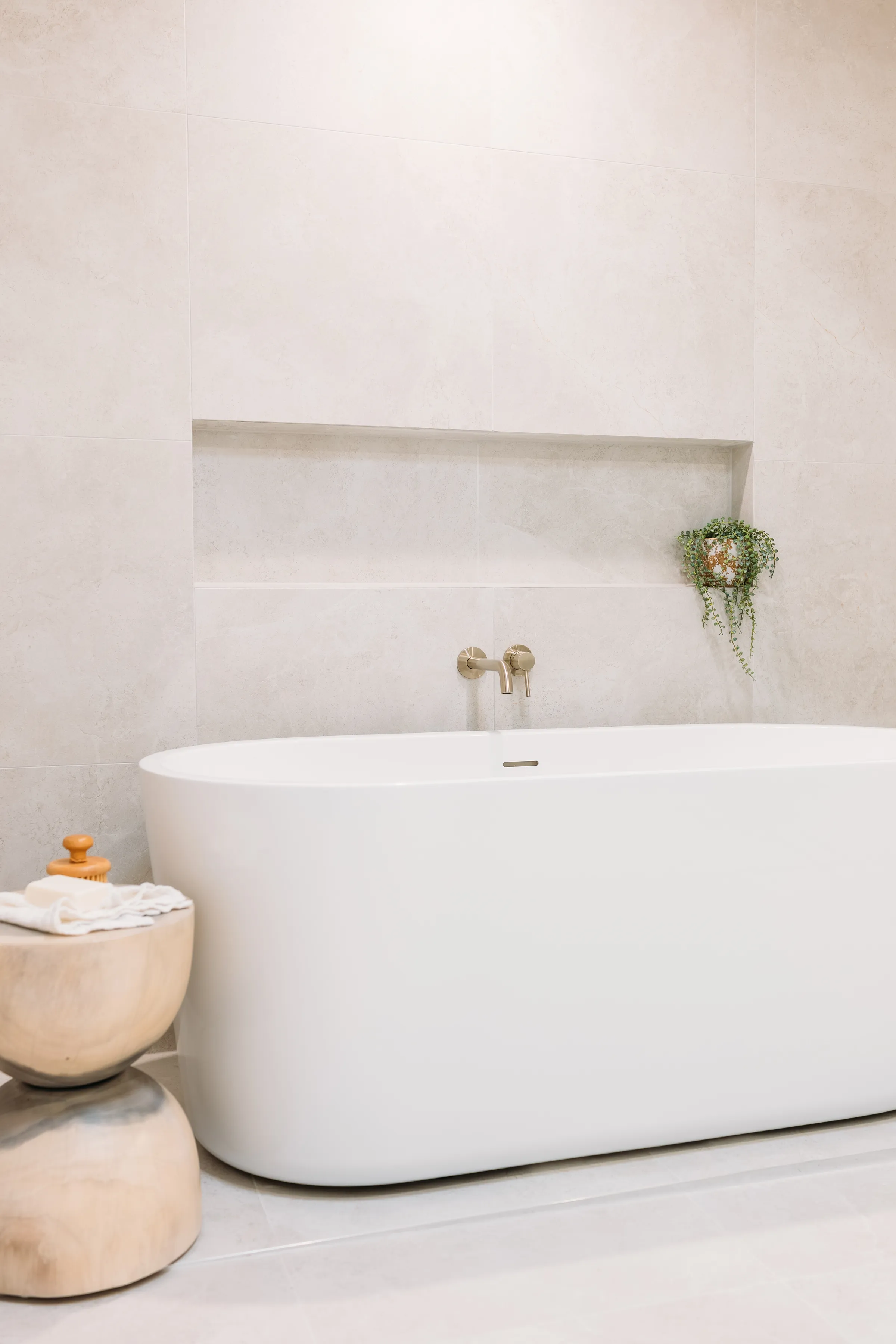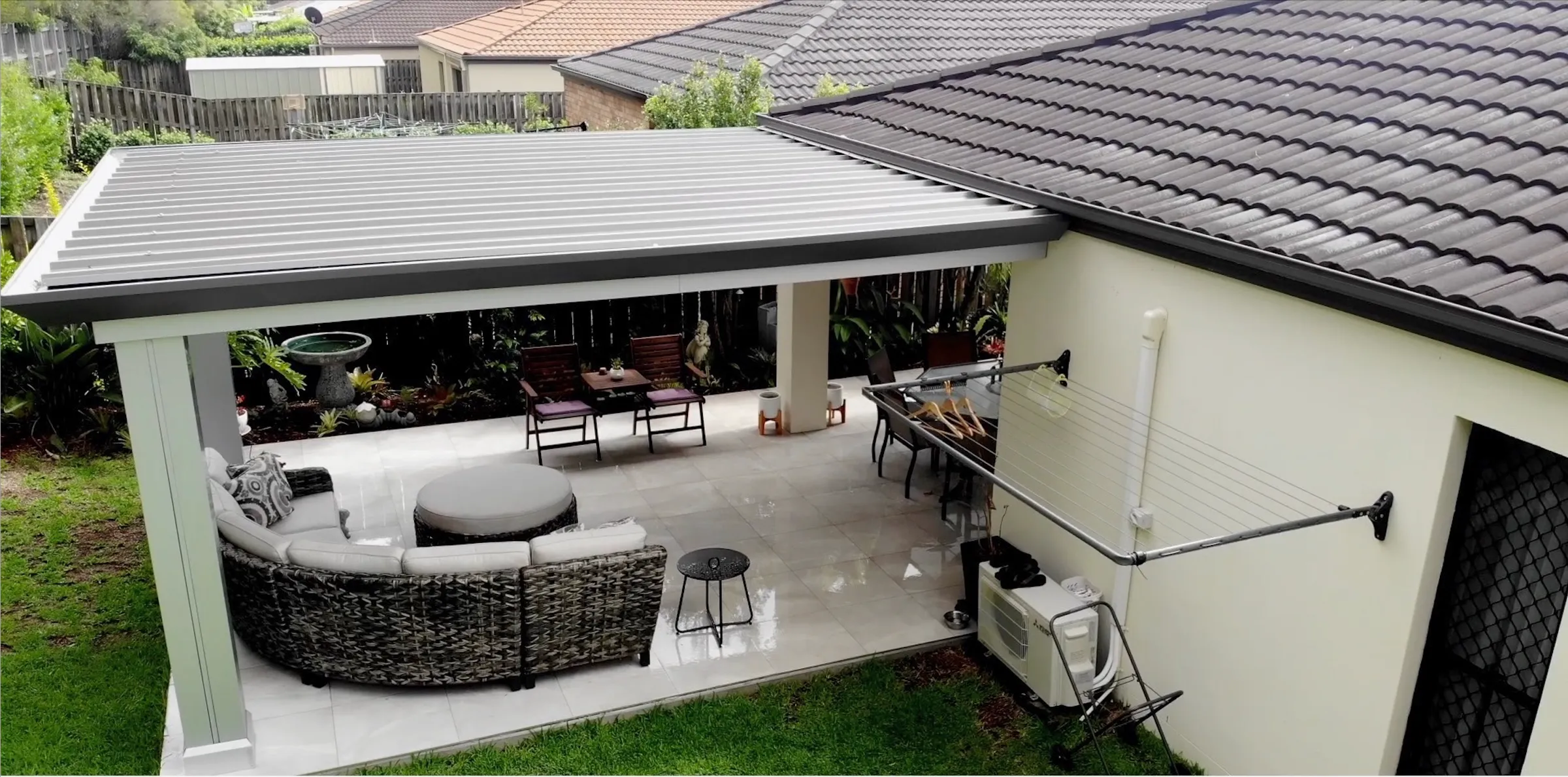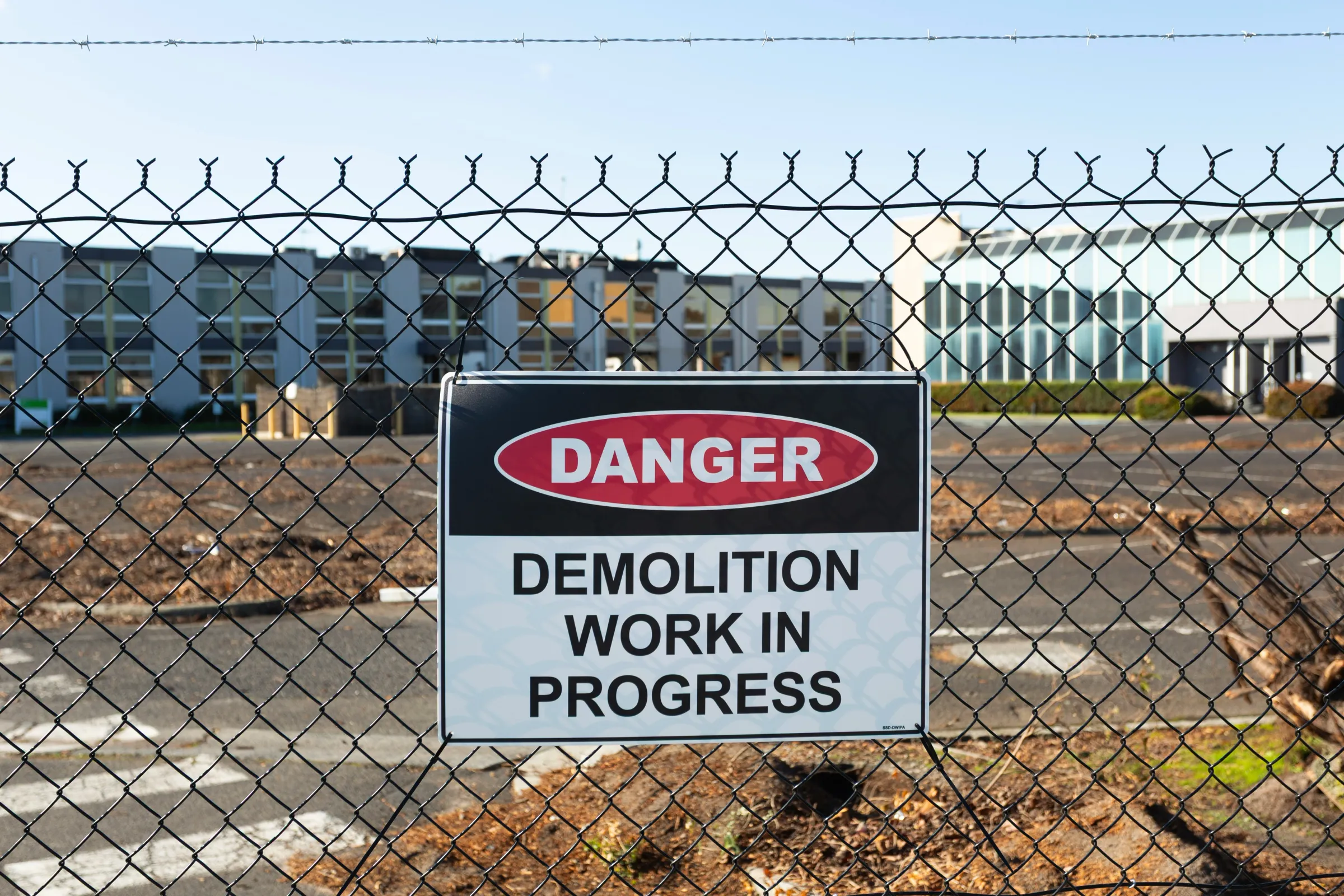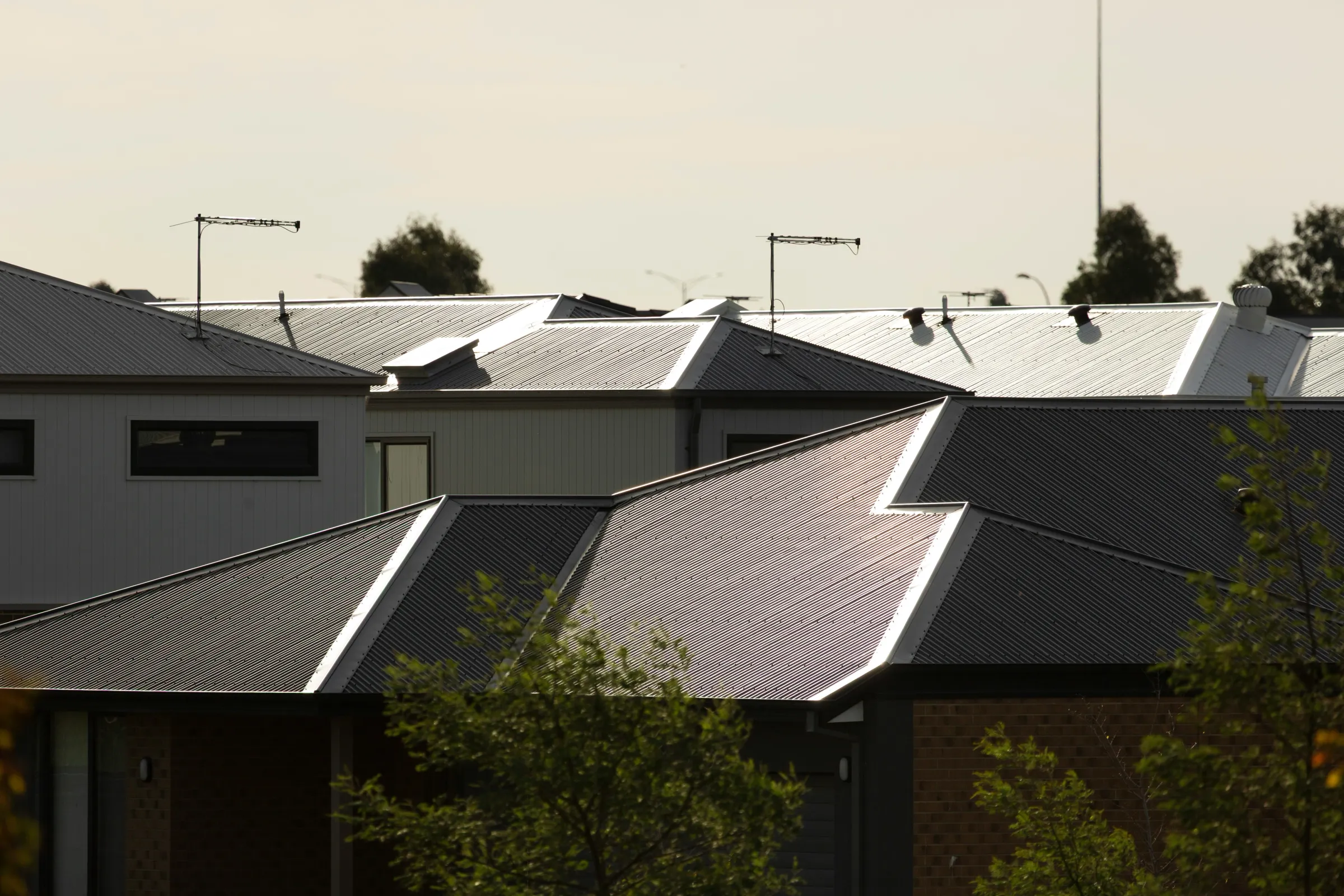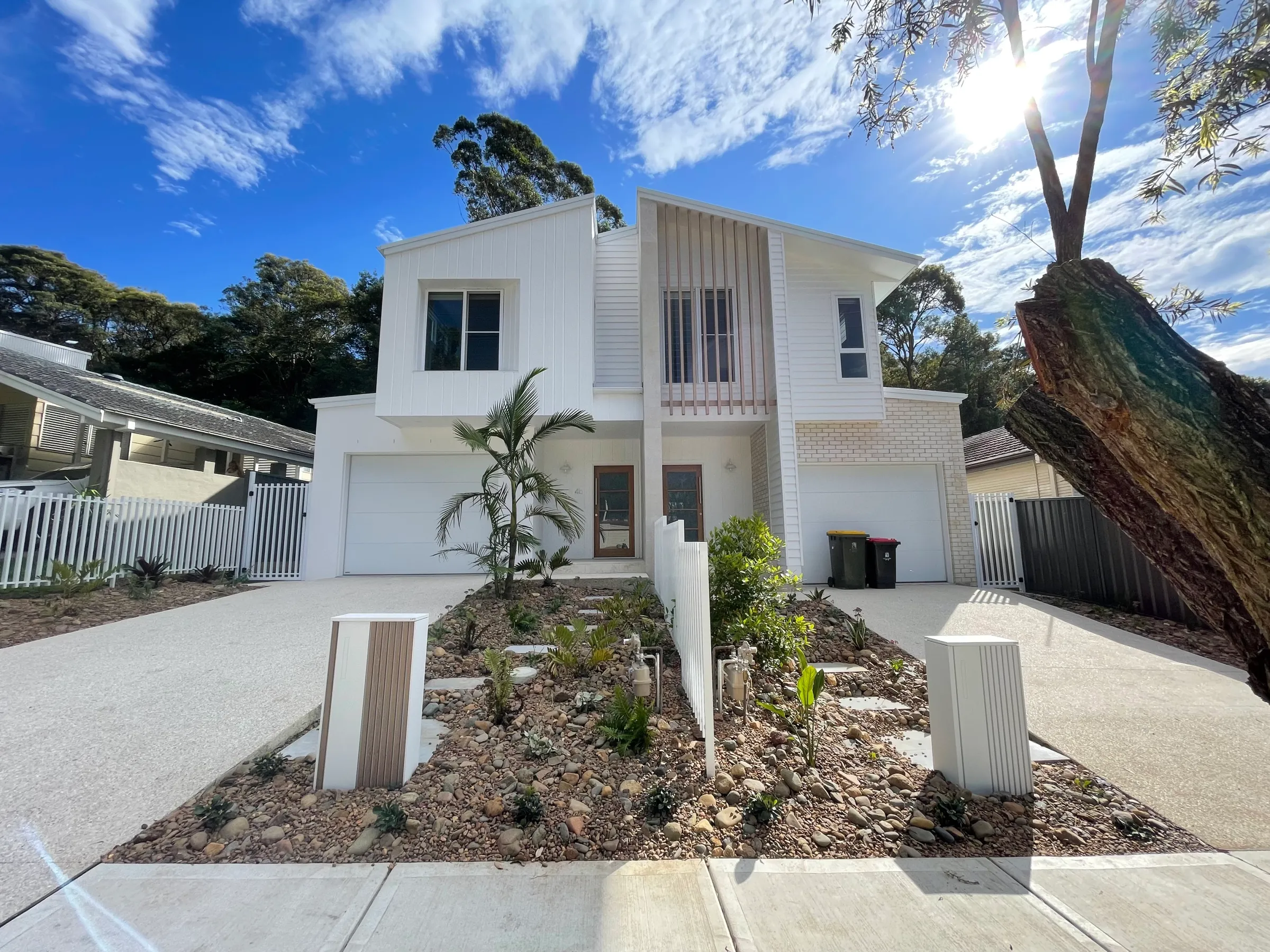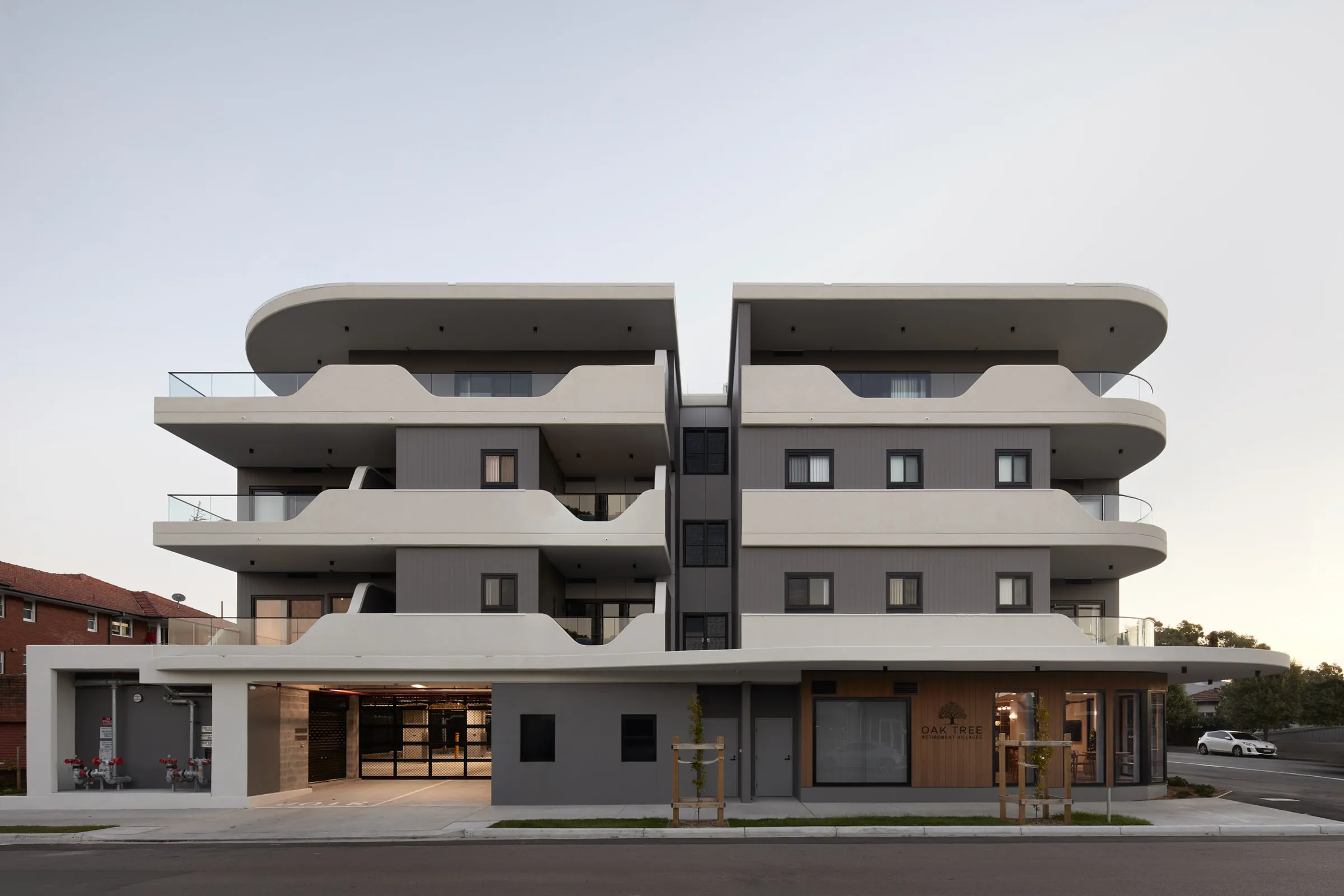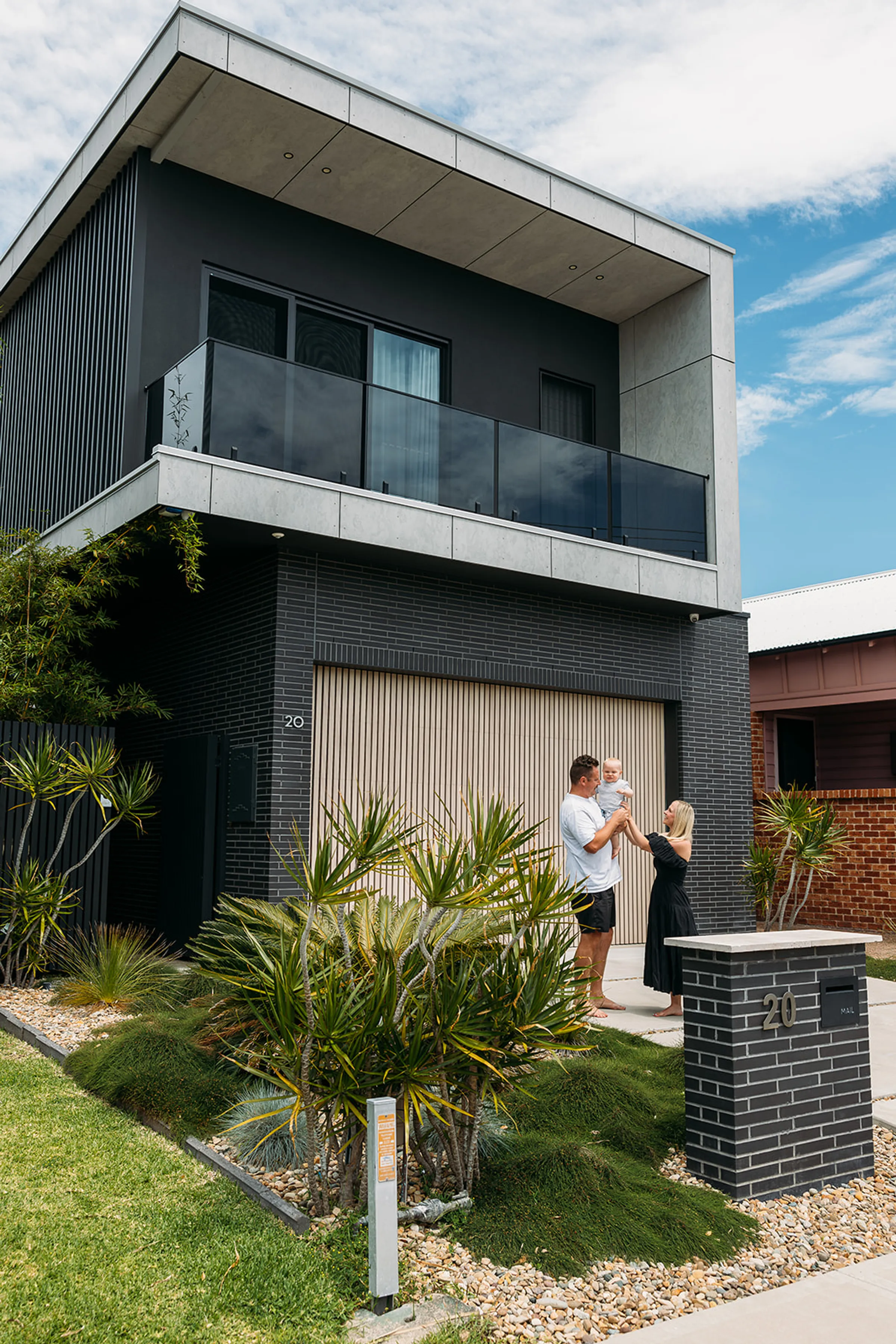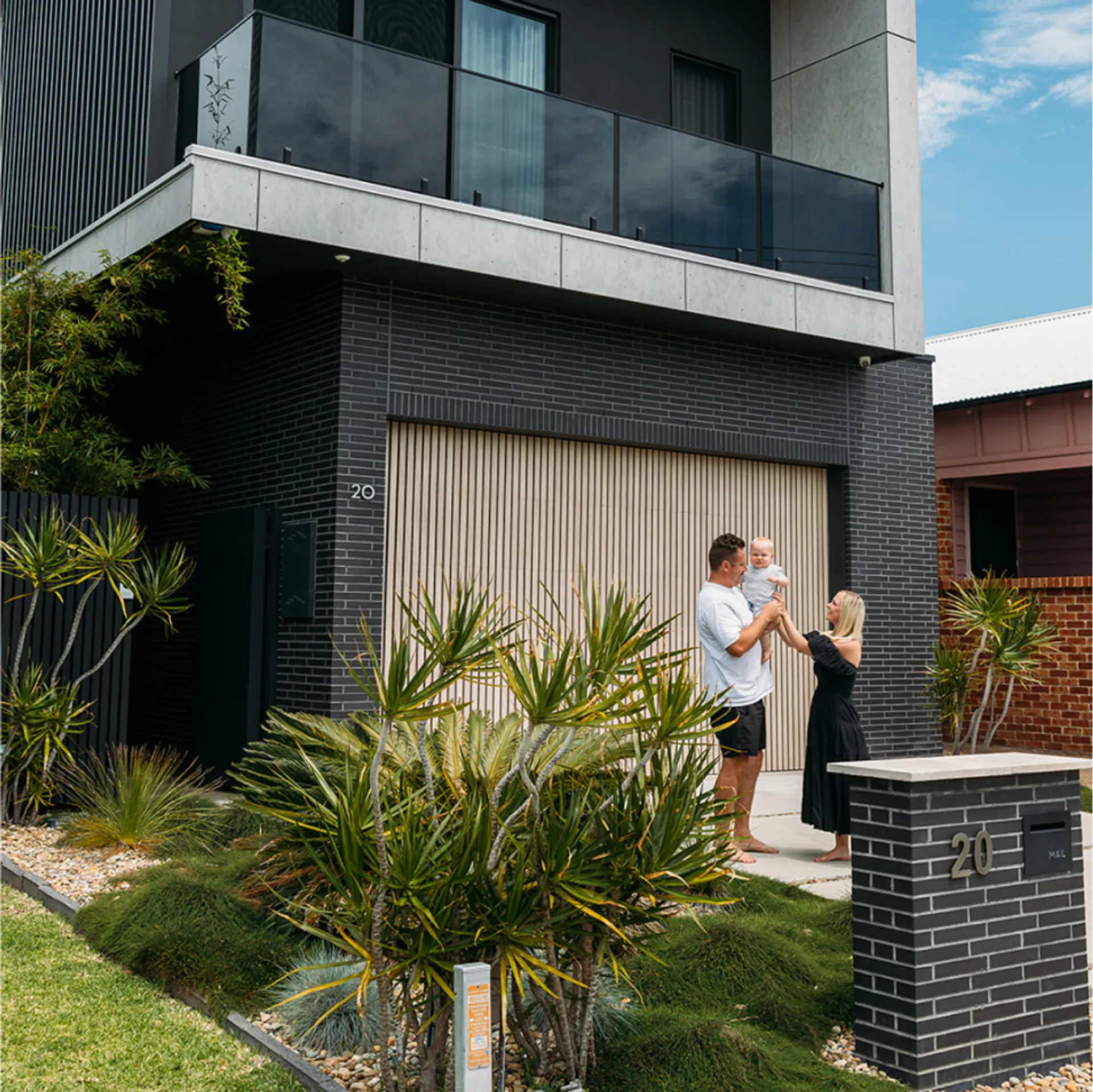

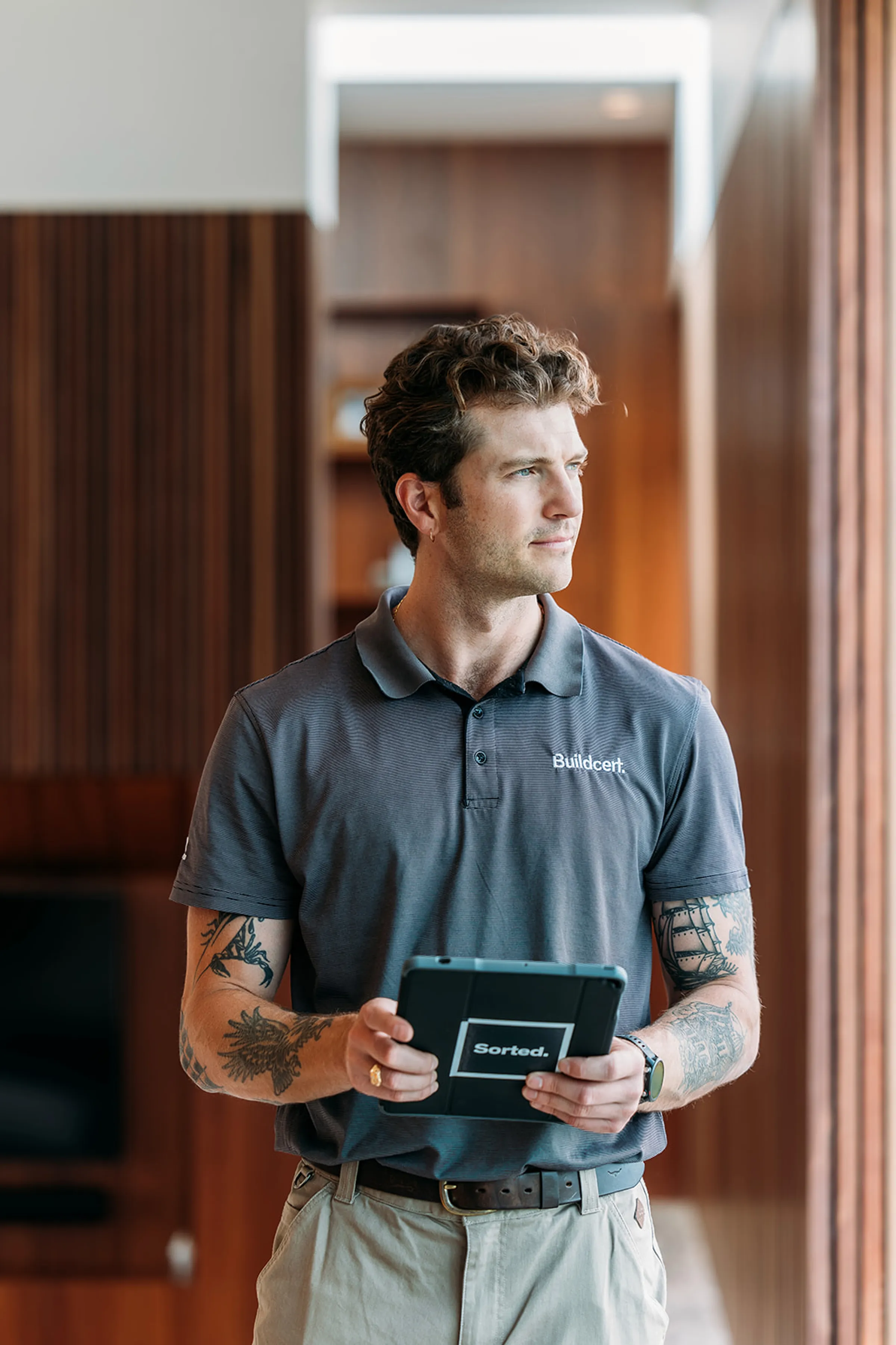
Relax Applications

We’ve got your Relax Application sorted, making the complex simple and stress-free.
In QLD, a Relax Application (also known as a siting or concurrence application) is needed when your design steps outside the standard setbacks, height limits or site coverage set by the Queensland Development Code (QDC). Think carports close to the boundary, building over near a sewer, water or stormwater line, or a design that nudges the height or site cover limits.
The good news? If we’re handling your building approval, we’ll take care of your Relax Application too. We spot the issues early, work with council for you, and make sure you get practical, compliant solutions.
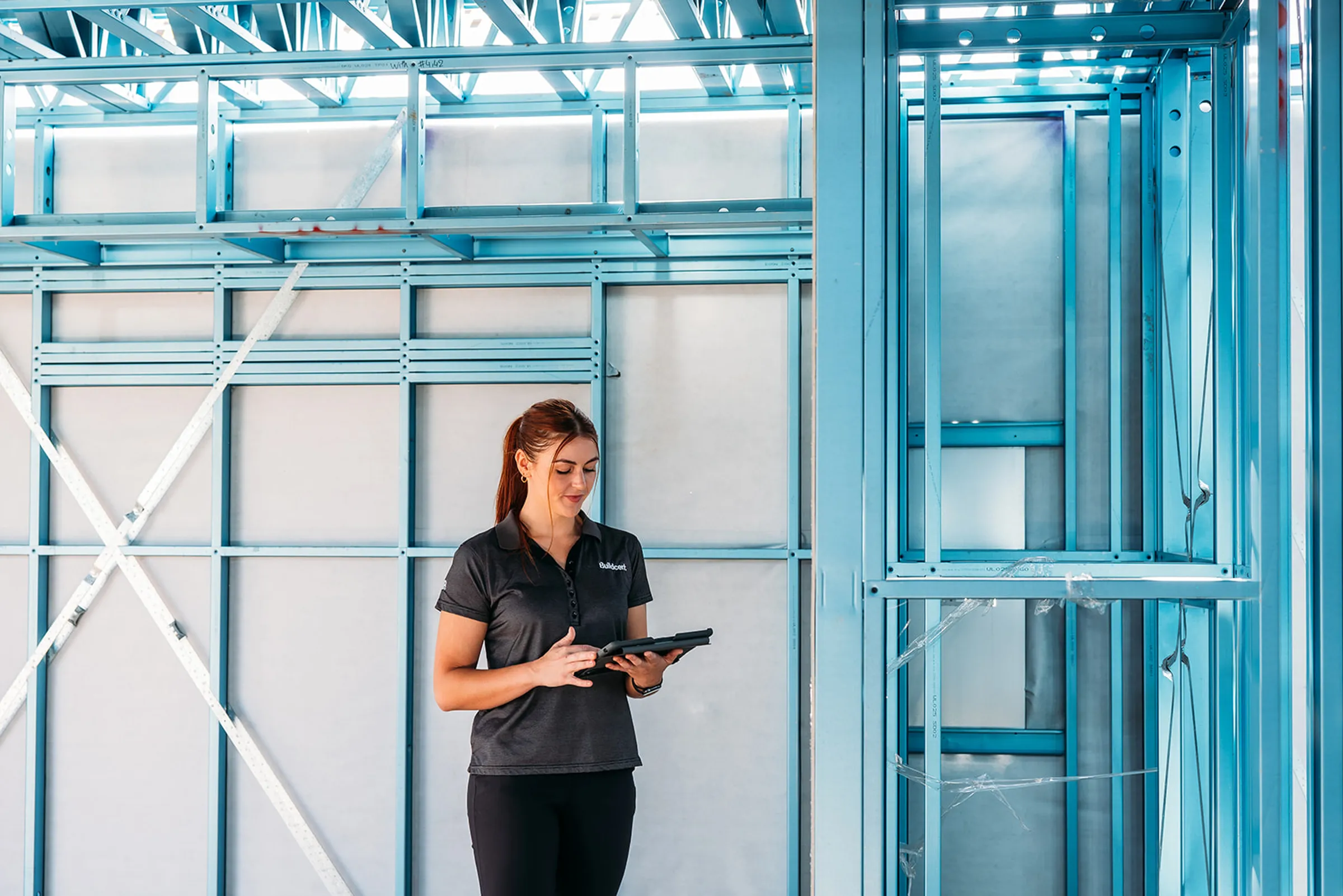
How we get your Relax Application sorted.
01
Quote & AssessmentSend us your site and building plans, and we’ll do an initial review of them for any siting issues, like boundary setbacks, building height, or sewer lines, that could affect compliance. If there's anything tricky, we’ll aim to flag it upfront and build it into your building approval quote.
Relax issues can quickly derail your timeline if they’re not addressed early. We help you spot the bumps in the road before you hit them, giving you time to adjust your design or prepare the right documentation.
Total clarity on where your project stands. No second guessing the code. No back-and-forth with council. Just practical advice and a smart plan forward.
02
Approval ProcessBuildcert takes care of everything. We’ll handle the assessment, prepare the Relax Application if one’s needed, and lodge it with council.
We make sure your design meets setback rules, planning and infrastructure requirements, and council conditions, and if it doesn’t, we’ll manage the variations for you.
The below are a few things we’ll need to kick things off:
- Building plans, including a site plan
- Elevations
- Engineers design, including Form 15
Once approved, your relax conditions are locked in and you’re free to move ahead with the building approval process. No loose ends, no hold ups.
The right solution, every time.
Certification sorted.
For projects big or small, Buildcert gets your certification sorted. Trusted experience, clear communication and fast turnarounds mean you get less stress, more certainty, and support to keep your project moving.
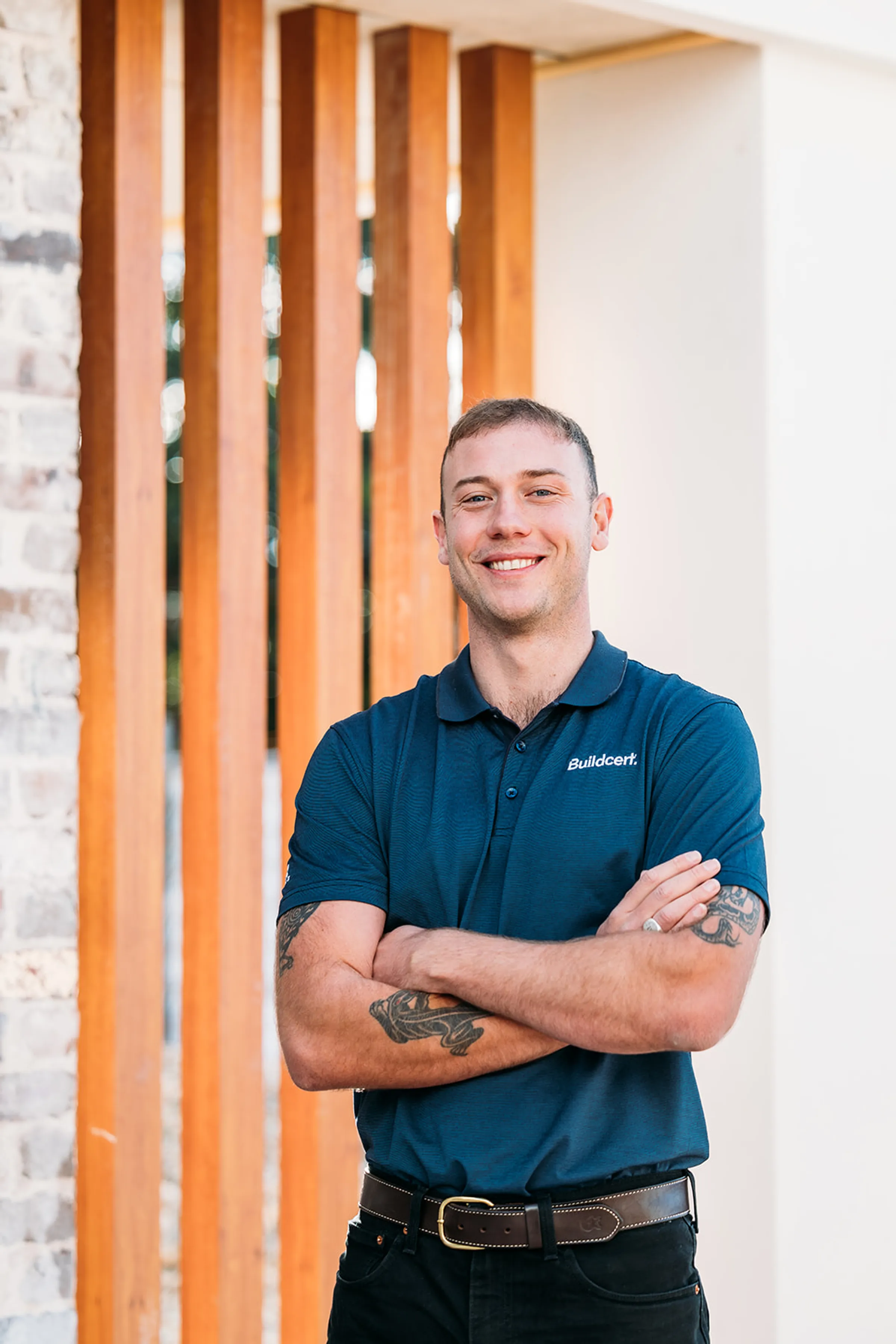
- +47000Approvals issued.That's over 47,000 approvals, sorted.
- 15.6B$Total value of construction approved.$15.6B of construction approved and counting.
- +275000Inspections completed.Clients trust Buildcert because we’ve got the experience and know-how to get your certification sorted.
"The Buildcert team are approachable, knowledgeable and always willing to tailor their advice to suit each project. Their friendly, practical approach makes the certification process straightforward for our customers and team."
"Buildcert’s building compliance expertise was invaluable during our recent upgrades. Their team brought confidence, clarity and professionalism to a complex project, ensuring everything stayed compliant and on track from start to finish."
"Buildcert has been a reliable partner for years. Their proactive approach, local knowledge, and responsiveness take the stress out of certification for our team."
"Buildcert are a valuable partner for our team. Their practical guidance, collaborative approach and clear advice help us deliver bespoke designs that meet compliance without compromising creativity."
Ready to get your certification sorted?
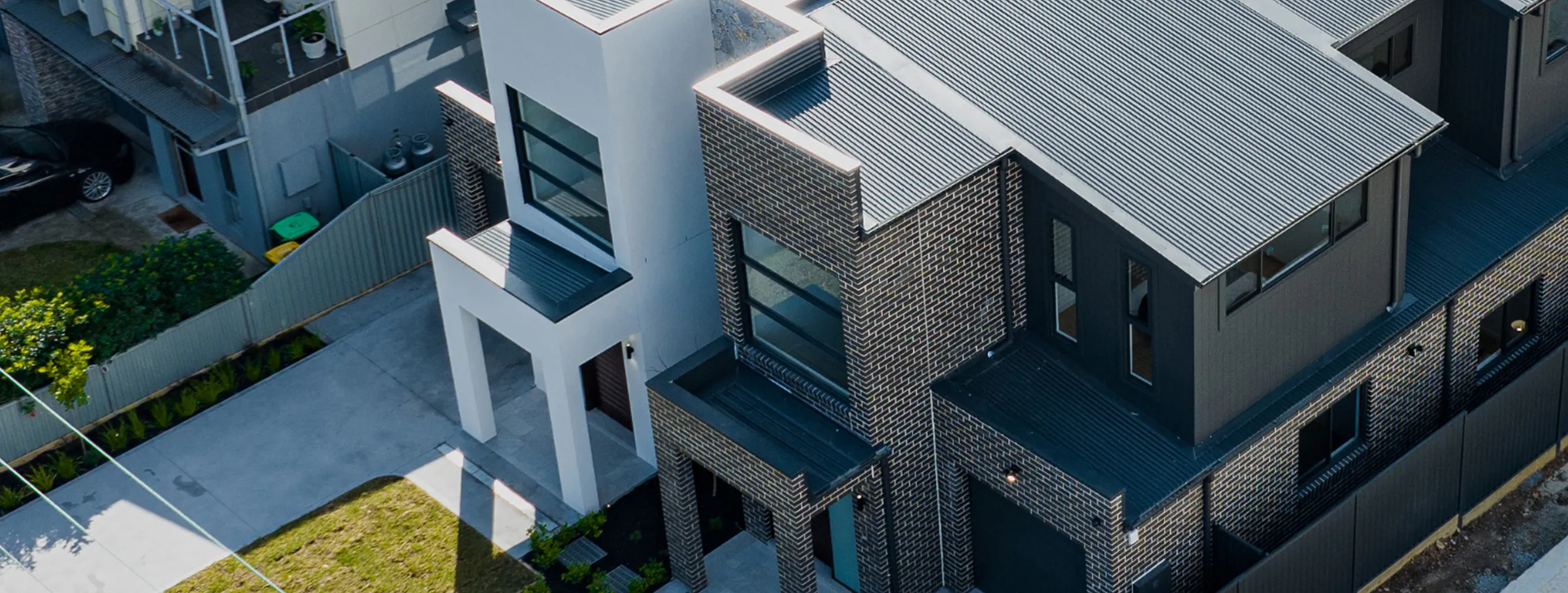
Toolbox
Frequently asked questions.
Not sure if your project needs a relax or siting variation? Here are some of the most frequently asked questions we get. For more, visit our FAQ page or give us a call.
What’s a Relaxation/Siting variation and when is it needed?
If your plans don’t meet the standard setback or site cover rules (e.g. a carport built within a certain proximity of a side boundary), you’ll need Council approval to vary them — that’s called a Relaxation Variation.
It’s not a roadblock, just an extra step. We’ll let you know if your design needs one and take care of the application for you.
What happens if I’m building near a sewer, water or stormwater line?
Building near public services triggers a QDC MP 1.4 assessment and, in South East Queensland, may also require separate approval from Urban Utilities or Unitywater.
We’ll flag this early if it applies to your project and let you know if there’s a way to design around it. If approval’s still needed, no stress — we’ll handle the application for you.
What do I need for quoting?
A site plan should identify the structure on your property and show setbacks to boundaries and existing structures. If you wish to create your own, you can visit Site Plans Online, however we recommend using a professional architect or draftsperson.
What documents are needed to start an approval?
A typical submission includes:
- Site plan, floor plans, elevations
- Engineering details if required
- Design compliance (Form 15) if required
- Energy efficiency report
- Soil/site data
- Title Search
- The correct Development Application (DA) form (usually DA Form 2 for building work)
This can change depending on the project, but don’t worry, we will guide you through what's needed.
How long does the siting application process take?
Timeframes can vary between councils, but most siting variation applications are assessed within around four weeks. We handle this process alongside your building approval to help keep your project moving without unnecessary delays.
How long does an approval last? Can it lapse?
Your building approval is valid for 18 months. If work hasn’t substantially started or finished within that timeframe, the approval will lapse.
A Form 57 reminder will be issued 3-6 months before the deadline. And if you need more time, there may be options to extend upon application.
